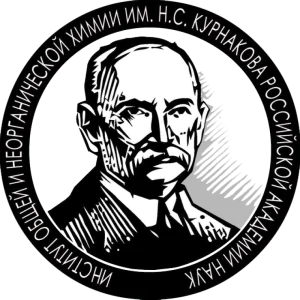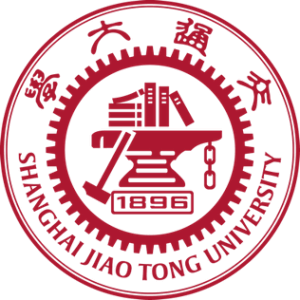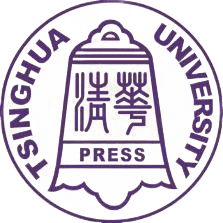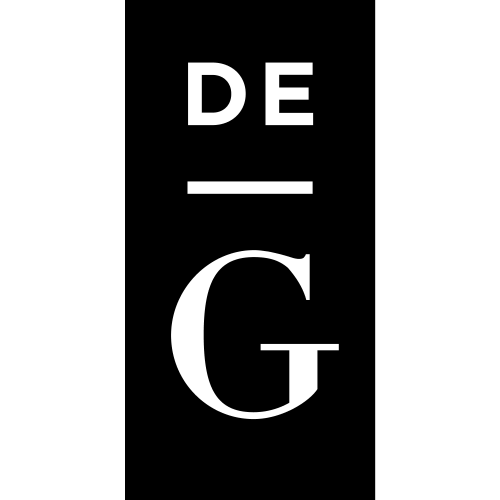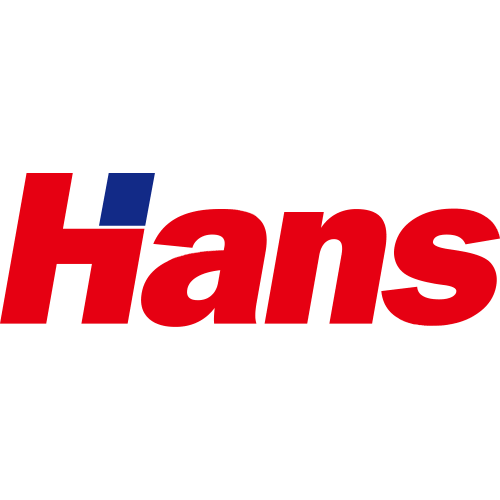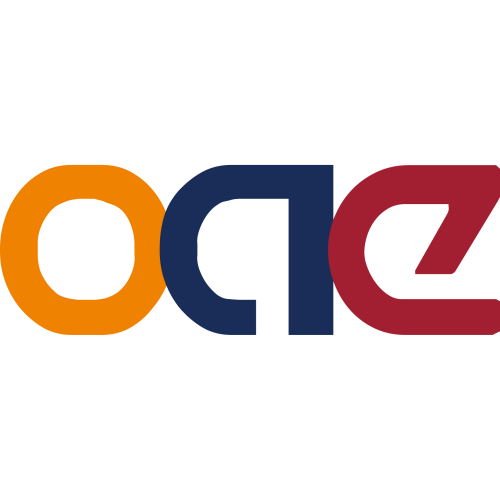Ultrathin, flexible, solid polymer composite electrolyte enabled with aligned nanoporous host for lithium batteries
Publication type: Journal Article
Publication date: 2019-05-27
scimago Q1
wos Q1
SJR: 14.612
CiteScore: 62.2
Impact factor: 34.9
ISSN: 17483387, 17483395
PubMed ID:
31133663
Atomic and Molecular Physics, and Optics
Condensed Matter Physics
General Materials Science
Electrical and Electronic Engineering
Bioengineering
Biomedical Engineering
Abstract
The urgent need for safer batteries is leading research to all-solid-state lithium-based cells. To achieve energy density comparable to liquid electrolyte-based cells, ultrathin and lightweight solid electrolytes with high ionic conductivity are desired. However, solid electrolytes with comparable thicknesses to commercial polymer electrolyte separators (~10 μm) used in liquid electrolytes remain challenging to make because of the increased risk of short-circuiting the battery. Here, we report on a polymer–polymer solid-state electrolyte design, demonstrated with an 8.6-μm-thick nanoporous polyimide (PI) film filled with polyethylene oxide/lithium bis(trifluoromethanesulfonyl)imide (PEO/LiTFSI) that can be used as a safe solid polymer electrolyte. The PI film is nonflammable and mechanically strong, preventing batteries from short-circuiting even after more than 1,000 h of cycling, and the vertical channels enhance the ionic conductivity (2.3 × 10−4 S cm−1 at 30 °C) of the infused polymer electrolyte. All-solid-state lithium-ion batteries fabricated with PI/PEO/LiTFSI solid electrolyte show good cycling performance (200 cycles at C/2 rate) at 60 °C and withstand abuse tests such as bending, cutting and nail penetration. A nanoporous polyimide film filled with a solid polymer electrolyte has high ionic conductivity and high mechanical strength. An all-solid-state battery made with an approximately 10-μm-thick film shows good cyclability at 60 °C and no dendrite formation.
Found
Nothing found, try to update filter.
Found
Nothing found, try to update filter.
Top-30
Journals
|
10
20
30
40
50
60
|
|
|
Chemical Engineering Journal
58 publications, 5.39%
|
|
|
Energy Storage Materials
55 publications, 5.11%
|
|
|
Advanced Materials
48 publications, 4.46%
|
|
|
Advanced Functional Materials
45 publications, 4.18%
|
|
|
Journal of Materials Chemistry A
43 publications, 3.99%
|
|
|
Advanced Energy Materials
40 publications, 3.71%
|
|
|
ACS applied materials & interfaces
39 publications, 3.62%
|
|
|
Angewandte Chemie - International Edition
32 publications, 2.97%
|
|
|
Angewandte Chemie
32 publications, 2.97%
|
|
|
Journal of Power Sources
30 publications, 2.79%
|
|
|
ACS Applied Energy Materials
24 publications, 2.23%
|
|
|
Nano Energy
21 publications, 1.95%
|
|
|
Small
20 publications, 1.86%
|
|
|
Advanced Science
18 publications, 1.67%
|
|
|
Journal of Energy Chemistry
18 publications, 1.67%
|
|
|
Journal of Colloid and Interface Science
17 publications, 1.58%
|
|
|
Nature Communications
16 publications, 1.49%
|
|
|
Nano Letters
15 publications, 1.39%
|
|
|
Energy and Environmental Science
15 publications, 1.39%
|
|
|
ACS Nano
14 publications, 1.3%
|
|
|
Journal of Membrane Science
10 publications, 0.93%
|
|
|
Electrochimica Acta
10 publications, 0.93%
|
|
|
Journal of the American Chemical Society
9 publications, 0.84%
|
|
|
Journal of Energy Storage
8 publications, 0.74%
|
|
|
Ionics
7 publications, 0.65%
|
|
|
Nano Research
7 publications, 0.65%
|
|
|
Chemical Society Reviews
7 publications, 0.65%
|
|
|
Materials Today
7 publications, 0.65%
|
|
|
ACS Energy Letters
6 publications, 0.56%
|
|
|
10
20
30
40
50
60
|
Publishers
|
50
100
150
200
250
300
350
400
|
|
|
Elsevier
351 publications, 32.59%
|
|
|
Wiley
310 publications, 28.78%
|
|
|
American Chemical Society (ACS)
146 publications, 13.56%
|
|
|
Royal Society of Chemistry (RSC)
105 publications, 9.75%
|
|
|
Springer Nature
90 publications, 8.36%
|
|
|
MDPI
21 publications, 1.95%
|
|
|
Frontiers Media S.A.
6 publications, 0.56%
|
|
|
IOP Publishing
6 publications, 0.56%
|
|
|
American Association for the Advancement of Science (AAAS)
5 publications, 0.46%
|
|
|
Tsinghua University Press
5 publications, 0.46%
|
|
|
The Electrochemical Society
4 publications, 0.37%
|
|
|
Science in China Press
4 publications, 0.37%
|
|
|
Nonferrous Metals Society of China
3 publications, 0.28%
|
|
|
Proceedings of the National Academy of Sciences (PNAS)
3 publications, 0.28%
|
|
|
AIP Publishing
2 publications, 0.19%
|
|
|
Walter de Gruyter
2 publications, 0.19%
|
|
|
Shanghai Institute of Organic Chemistry
1 publication, 0.09%
|
|
|
University of Science and Technology Beijing
1 publication, 0.09%
|
|
|
Oxford University Press
1 publication, 0.09%
|
|
|
Acta Physica Sinica, Chinese Physical Society and Institute of Physics, Chinese Academy of Sciences
1 publication, 0.09%
|
|
|
Hindawi Limited
1 publication, 0.09%
|
|
|
Hans Publishers
1 publication, 0.09%
|
|
|
American Physical Society (APS)
1 publication, 0.09%
|
|
|
Research Square Platform LLC
1 publication, 0.09%
|
|
|
Autonomous Non-profit Organization Editorial Board of the journal Uspekhi Khimii
1 publication, 0.09%
|
|
|
OAE Publishing Inc.
1 publication, 0.09%
|
|
|
SAGE
1 publication, 0.09%
|
|
|
50
100
150
200
250
300
350
400
|
- We do not take into account publications without a DOI.
- Statistics recalculated weekly.
Are you a researcher?
Create a profile to get free access to personal recommendations for colleagues and new articles.
Metrics
1.1k
Total citations:
1077
Citations from 2024:
362
(33%)
Cite this
GOST |
RIS |
BibTex |
MLA
Cite this
GOST
Copy
Wan J. et al. Ultrathin, flexible, solid polymer composite electrolyte enabled with aligned nanoporous host for lithium batteries // Nature Nanotechnology. 2019. Vol. 14. No. 7. pp. 705-711.
GOST all authors (up to 50)
Copy
Wan J., Xie J., Kong X., Liu Z., Liu K., Shi F., Pei A., Chen H., Chen W., Chen J., Zhang X., Zong L., Wang J., Chen L., Qin J., Cui Y. Ultrathin, flexible, solid polymer composite electrolyte enabled with aligned nanoporous host for lithium batteries // Nature Nanotechnology. 2019. Vol. 14. No. 7. pp. 705-711.
Cite this
RIS
Copy
TY - JOUR
DO - 10.1038/s41565-019-0465-3
UR - https://www.nature.com/articles/s41565-019-0465-3
TI - Ultrathin, flexible, solid polymer composite electrolyte enabled with aligned nanoporous host for lithium batteries
T2 - Nature Nanotechnology
AU - Wan, Jiayu
AU - Xie, Jin
AU - Kong, Xian-He
AU - Liu, Z.
AU - Liu, Kai
AU - Shi, Feifei
AU - Pei, Allen
AU - Chen, Hao
AU - Chen, Wei
AU - Chen, Jun
AU - Zhang, Xiaokun
AU - Zong, Linqi
AU - Wang, Jiangyan
AU - Chen, Long-Qing
AU - Qin, Jian
AU - Cui, Yi
PY - 2019
DA - 2019/05/27
PB - Springer Nature
SP - 705-711
IS - 7
VL - 14
PMID - 31133663
SN - 1748-3387
SN - 1748-3395
ER -
Cite this
BibTex (up to 50 authors)
Copy
@article{2019_Wan,
author = {Jiayu Wan and Jin Xie and Xian-He Kong and Z. Liu and Kai Liu and Feifei Shi and Allen Pei and Hao Chen and Wei Chen and Jun Chen and Xiaokun Zhang and Linqi Zong and Jiangyan Wang and Long-Qing Chen and Jian Qin and Yi Cui},
title = {Ultrathin, flexible, solid polymer composite electrolyte enabled with aligned nanoporous host for lithium batteries},
journal = {Nature Nanotechnology},
year = {2019},
volume = {14},
publisher = {Springer Nature},
month = {may},
url = {https://www.nature.com/articles/s41565-019-0465-3},
number = {7},
pages = {705--711},
doi = {10.1038/s41565-019-0465-3}
}
Cite this
MLA
Copy
Wan, Jiayu, et al. “Ultrathin, flexible, solid polymer composite electrolyte enabled with aligned nanoporous host for lithium batteries.” Nature Nanotechnology, vol. 14, no. 7, May. 2019, pp. 705-711. https://www.nature.com/articles/s41565-019-0465-3.




